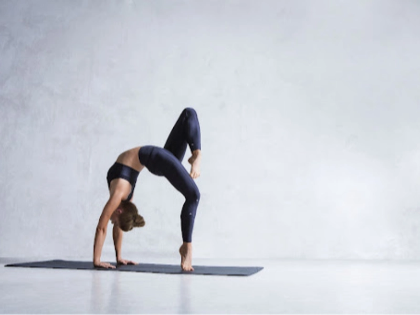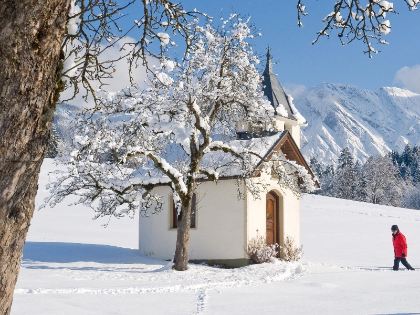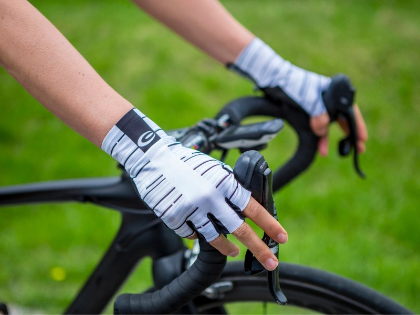10 Essential Golf Clubs For Every Golfer's Bag
To play their best, golfers need a broad array of tools. Although clubs form the centre of their activity, additional objects can substantially improve the golfing experience. Although a bag allows a maximum of 14 clubs, player experience and course conditions greatly affect the choice. These ten basic golf clubs for every golfer's bag will help you to maximise your game.
1. Driver
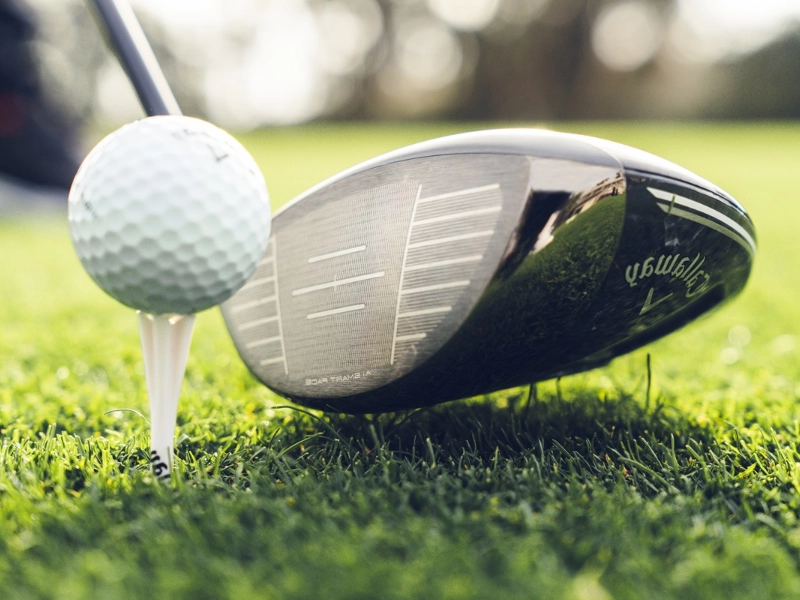
2. Iron tools
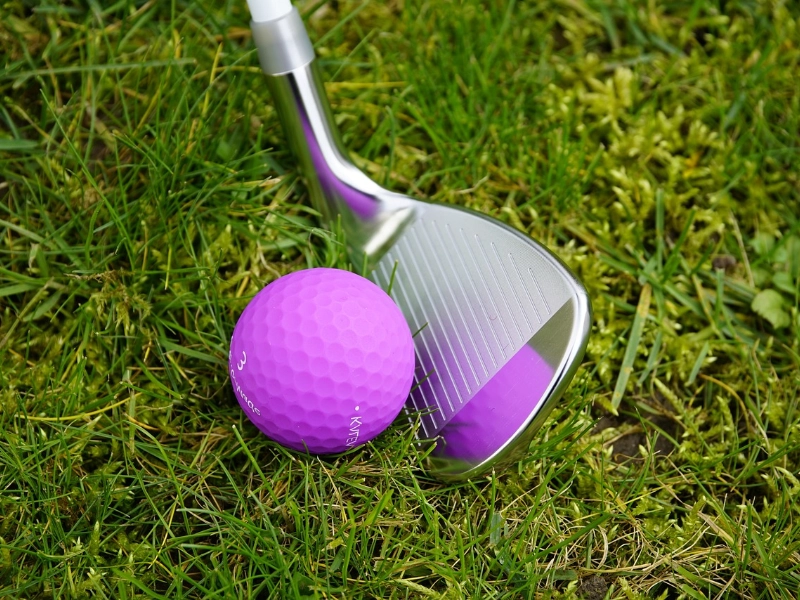 Golfers really require at least one iron in their bag, notwithstanding what Ben Hogan might believe. The driver ranked just second among the clubs that golfers value in a recent Golfshake poll.
Approach shots within 200 yards of the green are done using irons, which come in many different forms and sizes. For lower handicappers, for example, muscle back irons are a solid choice since they provide more consistency on well struck strokes than cavity back versions do.
Golfers really require at least one iron in their bag, notwithstanding what Ben Hogan might believe. The driver ranked just second among the clubs that golfers value in a recent Golfshake poll.
Approach shots within 200 yards of the green are done using irons, which come in many different forms and sizes. For lower handicappers, for example, muscle back irons are a solid choice since they provide more consistency on well struck strokes than cavity back versions do.
3. Alternatives
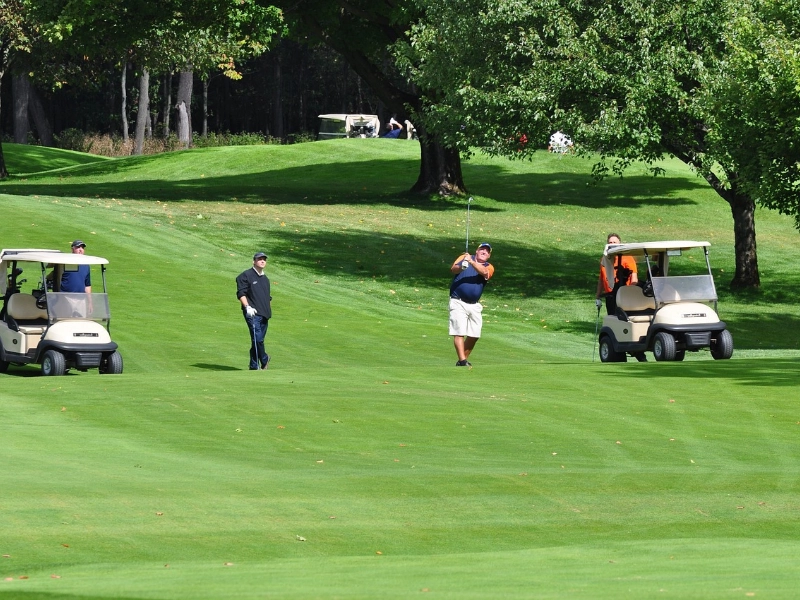 Most players pack at least one hybrid club in their bag. More forgiving of off-center smashes, these "iron replacements" swing and act like irons.
For shots out of thick rough or long grass, hybrids also are perfect. Most of the time they can replace long irons, and they're a terrific choice for beginners trying to get better.
Most players pack at least one hybrid club in their bag. More forgiving of off-center smashes, these "iron replacements" swing and act like irons.
For shots out of thick rough or long grass, hybrids also are perfect. Most of the time they can replace long irons, and they're a terrific choice for beginners trying to get better.
4. putter
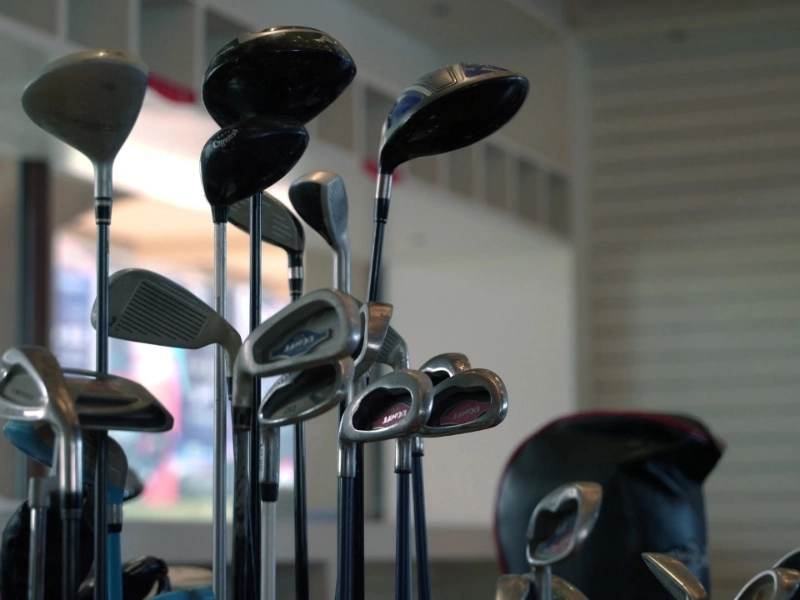 A putter is a specialist club meant for putting. It is only permitted to have a bent shaft and characteristics particular to putting such as a flat striking face and placement guides.
Often the difference between a par and a birdie, this is the most valuable golf club in a bag. Since there are so many various kinds of putters on the market, it is imperative to choose one that fit your putting stroke.
A putter is a specialist club meant for putting. It is only permitted to have a bent shaft and characteristics particular to putting such as a flat striking face and placement guides.
Often the difference between a par and a birdie, this is the most valuable golf club in a bag. Since there are so many various kinds of putters on the market, it is imperative to choose one that fit your putting stroke.
5. Fairground Wood
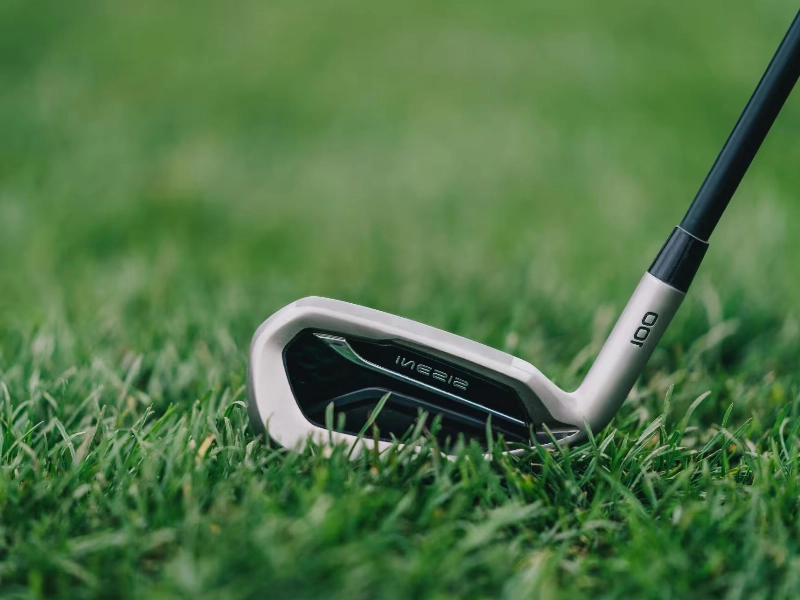 Golfers might pack up to 14 clubs, including fairway woods, hybrids, and a driver. Long clubs used off the tee or from the rough, fairway woods—also called three woods or fairway metals—are
Between your driver and your hybrid/irons, a decent fairway wood will cover the difference. Effective gapping will free space in your backpack for a wedge.
Golfers might pack up to 14 clubs, including fairway woods, hybrids, and a driver. Long clubs used off the tee or from the rough, fairway woods—also called three woods or fairway metals—are
Between your driver and your hybrid/irons, a decent fairway wood will cover the difference. Effective gapping will free space in your backpack for a wedge.
6. Wedge
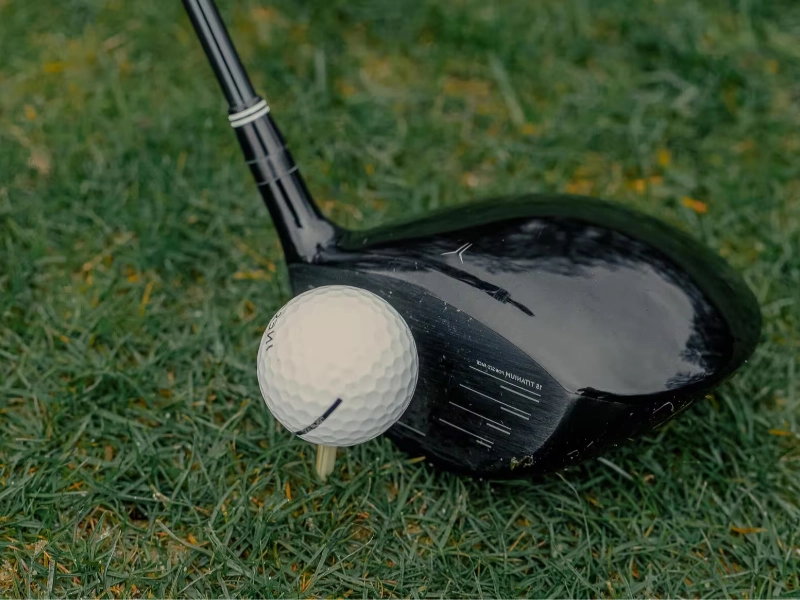 For some circumstances, wedges are the surgeons of golf—precise tools. Sand wedges, gap wedges, and lob wedges are just a few of the various types of wedges.
Most iron setups usually ask for a sand wedge and a pitching wedge. More accomplished players might, however, wish to add a third wedge called a gap wedge to close the "gap" between your PW and SW.
For some circumstances, wedges are the surgeons of golf—precise tools. Sand wedges, gap wedges, and lob wedges are just a few of the various types of wedges.
Most iron setups usually ask for a sand wedge and a pitching wedge. More accomplished players might, however, wish to add a third wedge called a gap wedge to close the "gap" between your PW and SW.
7. Putter
 Any golfer's bag should have one of the most crucial clubs: the putter. Finding a putter that fits your playing style is well worth the time since having a solid short game can cut strokes off your score.
While more experienced players may decide to add a third wedge known as a gap wedge or even a fourth dubbed a lob wedge, the standard set of golf clubs consists in a pitching wedge and sand wedge.
Any golfer's bag should have one of the most crucial clubs: the putter. Finding a putter that fits your playing style is well worth the time since having a solid short game can cut strokes off your score.
While more experienced players may decide to add a third wedge known as a gap wedge or even a fourth dubbed a lob wedge, the standard set of golf clubs consists in a pitching wedge and sand wedge.
8. Balls
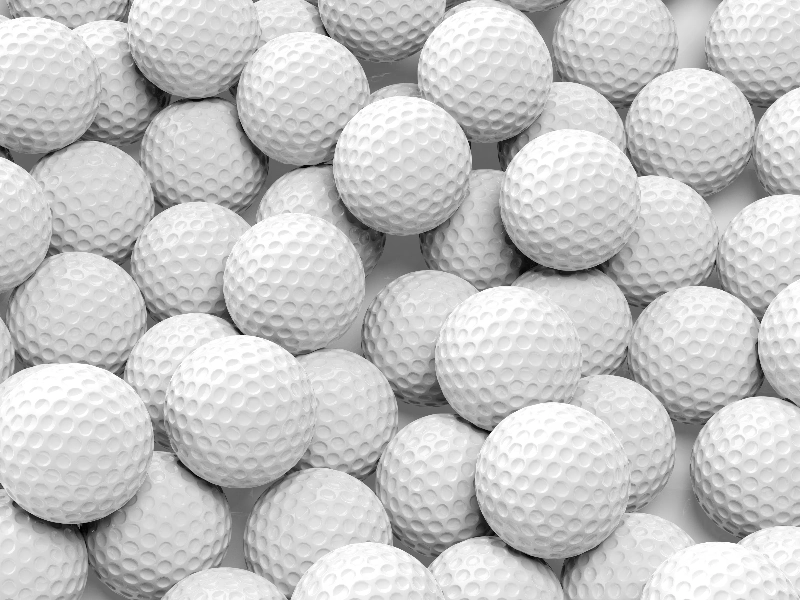 Though the focus—and overindulgence—on golf clubs has dominated conversations of the game, the golf ball is the one that truly affects a player's performance. Based on your style and degree of ability, you should always pack three to four sleeves of golf balls in your bag.
Modern golf balls come in a range of forms, sizes, and characteristics all meant to enhance the game of the golfer.
Though the focus—and overindulgence—on golf clubs has dominated conversations of the game, the golf ball is the one that truly affects a player's performance. Based on your style and degree of ability, you should always pack three to four sleeves of golf balls in your bag.
Modern golf balls come in a range of forms, sizes, and characteristics all meant to enhance the game of the golfer.
9. Teens
 Before a ball is whacked with a foot, club, or bat, golf tees improve and support a ball as their name suggests. For golfers, there are several kinds of tees available, including speciality ones that either boost distance to drives or support particular clubs.
Knowing your five-iron yardage can help you choose tees since too low will produce more backspin and too high will produce less distance.
Before a ball is whacked with a foot, club, or bat, golf tees improve and support a ball as their name suggests. For golfers, there are several kinds of tees available, including speciality ones that either boost distance to drives or support particular clubs.
Knowing your five-iron yardage can help you choose tees since too low will produce more backspin and too high will produce less distance.
10. Bag
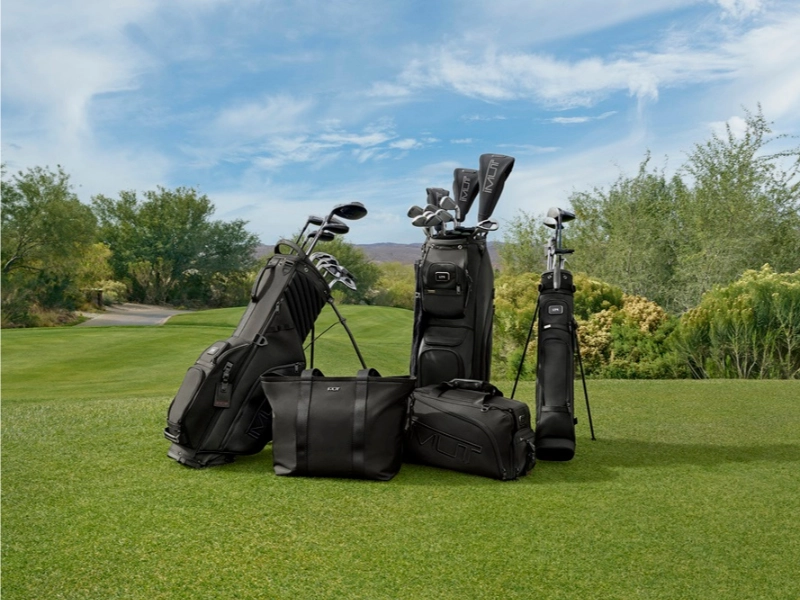 A golfer's gear consists mostly on their bag. It lets them carry a mix of clubs fit for their swing technique and degree of ability.
Sun and rain protection calls for a golf umbrella. Good quality golf gloves can help with grip and stop sweaty hands. If you have a minor cut, an immediate ice pack could help.
A golfer's gear consists mostly on their bag. It lets them carry a mix of clubs fit for their swing technique and degree of ability.
Sun and rain protection calls for a golf umbrella. Good quality golf gloves can help with grip and stop sweaty hands. If you have a minor cut, an immediate ice pack could help.


